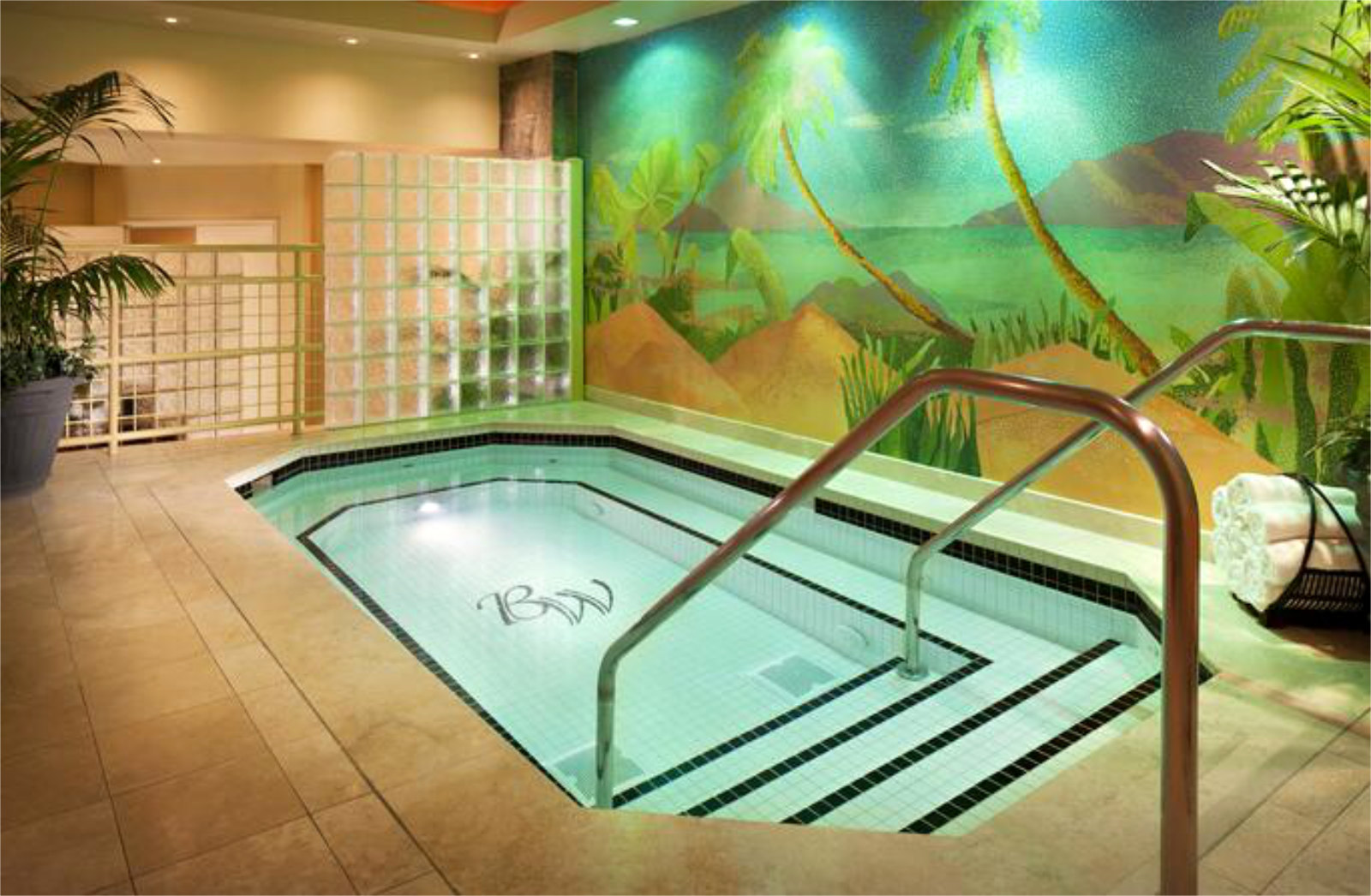
BEAUTY Burke Williams founders Bill and Theresa Armour continue reinventing the modern-day spa, and recently celebrated US frontline health care workers, writes Elyse Glickman
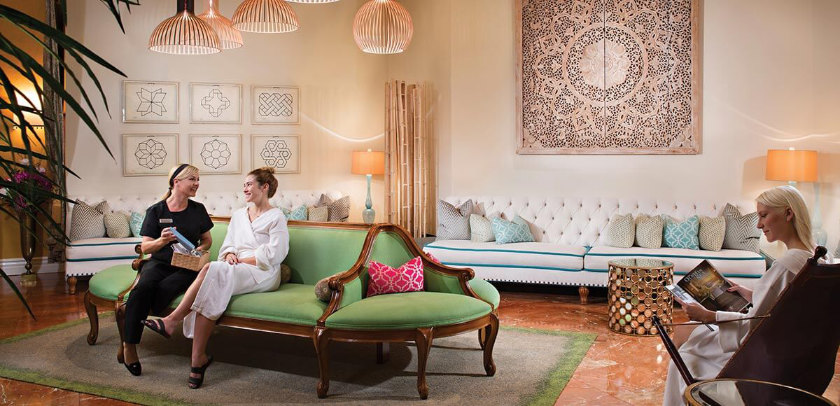
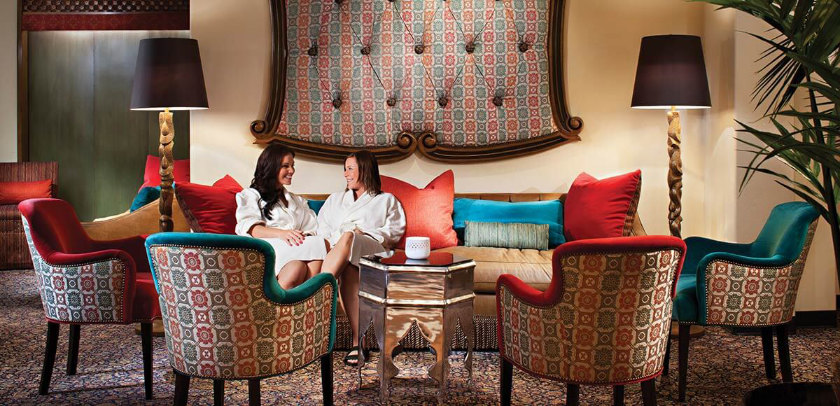
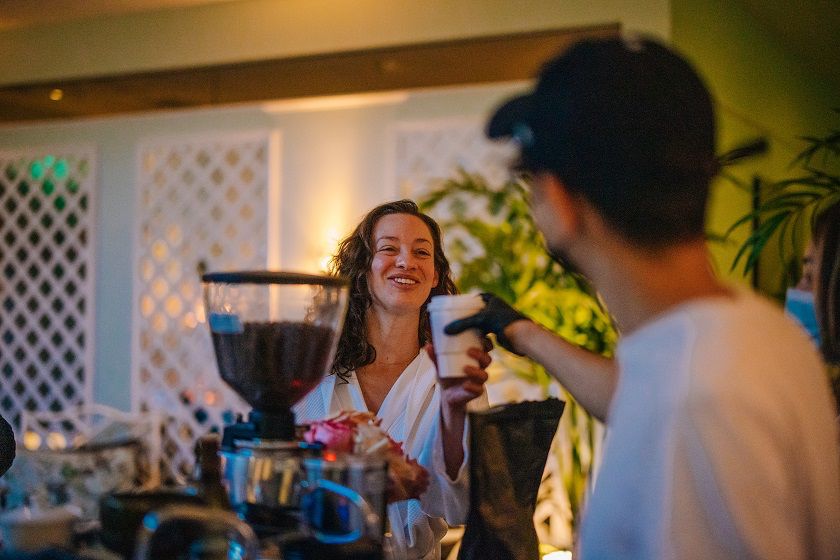
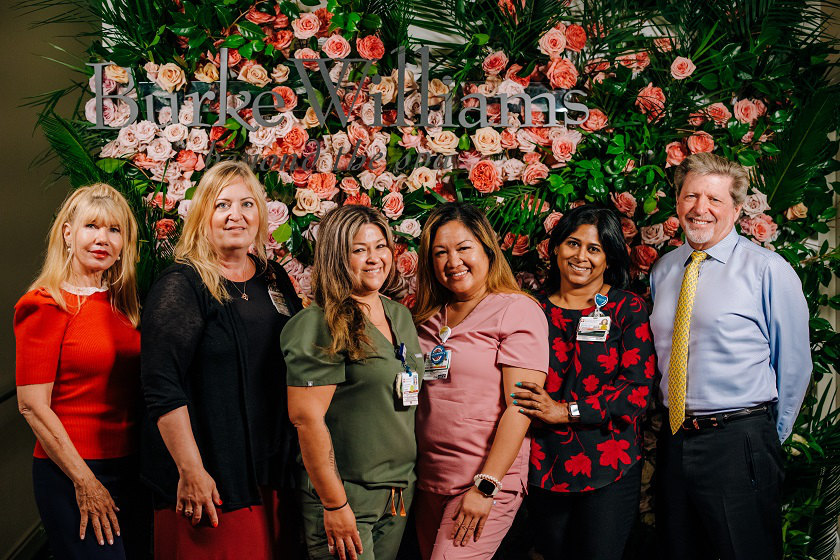 Above: Founders Theresa Armour (far left) and Bill Armour (far right) paid tribute to hard working health care heroes.
Above: Founders Theresa Armour (far left) and Bill Armour (far right) paid tribute to hard working health care heroes.
It’s one thing to invent a breakthrough product or service to keep customers interested and a company thriving. It’s another to build an entire industry from the ground up, especially if there are pre-existing conditions that may prevent the new idea from taking root. This was the case for Los Angeles couple Bill and Theresa Armour back in the mid-1980s. They set out to democratize the spa experience beyond luxury hotels, far-flung resorts, and archetypical clients (affluent, older and mostly female). At that time, the word spa also served as a euphemism for certain activities that had no connection to wellness or healing—and they were determined to change that, too.
The couple formulated a clear vision of an urban spa that allowed clients from all walks of life to enjoy a day of luxury, pampering and wellness in their home town. However, Theresa Armour found she still had a lot of explaining to do with the city government to secure business permits. As a young couple with a growing family, the idea of creating an in-town healing spa experience made perfect sense for those who could not get away at a moment’s notice—including working Moms (and Dads). Ultimately, they decided to name their spa concept after their first-born son. This underscored both the spa’s appeal to hard-working parents and the family-style work environment they hoped to create for their growing team.
From there, the urban spa industry was born, along with the concept of a day-cation. The next step was to introduce the public to a new vocabulary, including wellness, retreats, and sanctuary, and communicate that a day of luxury me time was accessible to anybody who wanted to treat themselves and explore different paths to better health. Each spa, in fact, is its own self-contained escape inspired by one of the world’s most beloved travel destinations and locations. While the new Hollywood location overflows with old-Hollywood glamour, San Francisco’s location personifies Parisian chic, Mission Viejo opens out into the European Mediterranean, and San Jose’s spa transports you to Morocco. In the Los Angeles suburbs, the Woodland Hills spa offers a jaunt to the Hamptons on the US Atlantic coast while the Sherman Oaks location has recently been redone as a stylish nod to Coco Chanel.
As the Burke Williams family of day spas across California heads into its fourth decade, Bill and Theresa say that the foundation they set for the urban spa is more relevant than ever. To get that point across, they recently invited first responders across Los Angeles to the reopened Hollywood location to enjoy a customized day of revitalization, recovery and renewal. This was an epic way to say ‘Thank you’ to very deserving health care workers and give back to the community. However, this commitment to the local communities where the spas are located, along with their employees has been in place since they laid the foundation for Burke Williams in the ’80s.
‘Planning this event was a fascinating process,’ Theresa says, noting that invitations with gift certificates were hand delivered to 14,000 medical personnel. ‘As we delivered the gift certificates, we heard a lot of stories from the first responders about how people came together to address the crisis. The local news reported the efforts of front line workers at Cedars [Cedars–Sinai Medical Center in West Hollywood] and Martin Luther King Hospital [in Central Los Angeles]. However, those coming from Martin Luther King Hospital told us about times it was so overwhelmed with COVID cases that Cedars stepped in. The news should have reported on how staff from both hospitals in very different parts of LA helped support each other. We were all very inspired by this teamwork, and we wanted to be a part of this kind of healing.’
Bill explains Burke Williams donated over US$2 million in spa services to support these workers and their tireless efforts, estimating the money raised covered between 12 hospitals. The community of regular clients throughout the eleven Burke Williams locations, meanwhile, were so loyal that they continued to pay their memberships fees during the pandemic closure. Burke Williams, meanwhile, matched the active memberships as a part of the overall donation.
‘We were humbled by all of this kindness and loyalty, especially because this has been a scary time for any business to be closed down,’ he says. ‘We realized that, if our members were willing to stick with us to ensure we’d be there after the pandemic, we wanted to pass that forward to other deserving people who could really use the spa experience because of their hard and selfless work.’
On a July day when health care workers were having treatments and enjoying a carefree day in the plush Hollywood location, Bill and Theresa took us back to the very beginning, not only detailing how Burke Williams became the family of spas it is today, but also how the spirit of family can seamlessly fuse with their spirit of entrepreneurship.
Lucire: When you first opened, what was the message you wanted to get out on Burke Williams to appeal to a wider audience of customers?
Theresa Armour: We wanted customers to take their time and stay beyond their massage or treatment. So we created quiet rooms, because coming for a treatment itself was just not enough time to leave relaxed. Even though we did not have a lot of money in the beginning, I asked Bill, ‘Remember that show Queen for a Day people watched back in the 1950s?’ To this day, I want every woman to feel like a queen, whether it is for an hour or four hours. In that space of time, she gets to be pampered, and have someone take care of her. Women are always taking care of everybody else, so Bill set out to create an environment where you get facials, you could get massages, could sit in a quiet room, someone would bring you a drink, people would anticipate your needs. And the day spa industry was born.
Bill Armour: When we first started, [our guests were] 90 per cent women and 10 per cent men. Within the first two years, it skewed almost 30 per cent men, who latched onto the idea that day spas had something to offer them. We’ve held at that level ever since, with the 30–70 per cent men-to-women ratio.
How did you first get word out about marketing a concept that did not exist yet, especially with a limited start-up budget?
Bill: I used to hand out two-for-one promotions to the local secretaries in nearby office buildings. When we had just opened up, we realized that our potential customers were across the socioeconomic spectrum. Some people might be able to come once a year, but we knew that customers who came once a year were as valuable to our growing business as the person who could come in once a month. It didn’t matter where a customer fit from an economic perspective. Wellness, relaxation and self-care are things everybody desires and needs. While we provided a sanctuary, putting it in the middle of a major city could help shift the paradigm of what a spa could be. While we were the first to ever use the term day spa, I would say our biggest regret is that we didn’t trade-mark the term.
Did you have a history of visiting spas or retreats in Europe or an idea of what a spa culture was, along with a notion that it just hadn’t yet reached America?
Theresa: Getting our notion of a spa together was fun, because we did travel. We went to Baden-Baden [in Germany] and to New York to experience Russian baths. We saw a variety of classical spas as well as modern ones. We later put those different types of spas together. Furthermore, once we had children, we could no longer travel. There’s one interesting genesis here, because our needs as parents and professionals paralleled the clients we were trying to attract. In the early days, I remember standing at the front desk when people would come in stressed, tired or harried from a long day at work or taking care of things at home, and leaving here in a very different and very relaxed state. Bill and I asked ourselves about what if everyone got a massage every day. The answer was that we’d be living in a very different world. We wanted to convince people that while a massage may be a luxury, it was also something healing, which everybody needs and that can change the entire dynamic.
Bill: It’s also important to note that we began Burke Williams as a massage centre in West Los Angeles. We had some skin care and a shower facility, but that was basically it. When we moved to Santa Monica to expand into what became the day spa, we took over 7,000 ft² with the intention of creating a [full-service] spa.
How did you develop the other modalities, such as the facials, body scrubs and other treatments?
Theresa: After moving from the massage-only business model to a full-service spa environment, the next transition for us was being a place for wellness. From there, we built up our wellness concept for a community that was under a lot of stress and pressure. This worked as we got all kinds of feedback, such as, ‘I was relaxed and I was nicer to my children and husband,’ and ‘I performed better at work.’ From there, we wanted to incorporate more of a wellness approach.
Bill: As an example, last month [June 2021], we launched a vitality massage that was also the first time that anyone has been able to incorporate the nutrient B12 on a transdermal basis through the skin. Normally you have to get B12 through injection or orally. While a treatment involving a series of 12 shots of B12 was popular everywhere, throughout the goal to constantly innovate, we developed a methodology working with a chemist that allowed us to utilize B12 in a massage situation where it could transmit through the skin and the dermal layers. Wellness is truly part of what we think of as a holistic approach. Even when we were on Barrington, we were among the first to include water features such as the Jacuzzi and a cold plunge to build up on what the massage could achieve. Clients still want a joint kind of experience with water. So we’ve kept steam, sauna and Jacuzzis in all of our spas ever since.
How have you built your products to help clients continue the experience and the benefits of the treatments at home?
Bill: We developed our own skin care line, H2V by Burke Williams, which is intended to be a results-oriented line. Along with Diane Hibbard steering the ship, our line is developed by a panel of top, seasoned æstheticians whose goal is to keep the line up-to-date with the most current innovations and beneficial ingredients. Our products are custom-formulated for us, rather than made at a factory as private- or white-labelled products with our name slapped on the bottles.
(Diane Hibbard steps in to detail the process of the skin care line and how it is marketed: ‘We take a lot of pride in custom-formulating our line based on exactly what our guests need. Another decision that we made with the line was to keep it exclusive. We’ve been approached by multiple vendors who wanted to carry the line, but for 27 years, we kept it internal and exclusive. While we may start selling it through a partnership at some point, our keeping the products available through our locations and website is reassuring for clients.’)
Theresa: Our retail component was set up to give a client a continuing memory of their day at Burke Williams. The intention of having our line was to help the client extend the benefits of his or her treatment between visits. What you do at home impacts your skin just as much as the spa treatments because they not only provide restitution for the skin damage of the past but also help you take your skin care to the next level. In the home, self-care is critical, especially as we elevated Burke Williams’ mission from just a day of pampering to an entire wellness lifestyle experience. It’s very important that you (the client) continue the skin and body care once you leave the spa so, you are not just reversing the beneficial effects of your spa treatment and facial. You’re accumulating the benefits, and the next time you come in, your skin will continue to improve.
Beyond the fact that each spa has its own destination-inspired décor scheme and flavour, how do you allow each individual client to make the spa their own in terms of what they get out of it?
Bill: There’s one thing that I feel is always important to stress when explaining what makes Burke Williams different from the rest, and that is the environment. We never dictate to a guest how to relax or how long to do it. Rather, each team at each location creates an environment that you can escape to, where you can relax in a way you choose to fully appreciate the treatments that we offer. While the benefits of our facials, massages and other treatments are extraordinary, Burke Williams above all else is a sanctuary, and a place of rest. The results will come as a result of that, and the care that we’ve put into all that we do.
While there are a multitude of spa trends in terms of treatments, machines, devices and at-home skin care, are there some trends that you just did not “feel” through the years?
Bill: For the first several years we were in business, we did not partake in any kind of convention nor any kind of association. We wanted to be an industry leader, and wanted to think in an innovative way on our own. We’ve seen multiple trends come and go, and realized that we don’t want to be the next flash-in-the-pan. What we do instead is combine our sense of spa tradition with carefully selected modalities that are cutting-edge. We have real results. That’s basically been our model for 30 years, and it’s worked so far. I think the other component that’s really crucial is having a day like today, getting into the community and celebrating health care heroes.
Theresa: One of the things we observed from our beginning forward is how an in-town spa with resort flourishes can change people’s lives. It’s not about us any more. We started for us, but it’s not about us. It’s for other people. And when they come in and their souls are rested, they just feel so different about the world. •
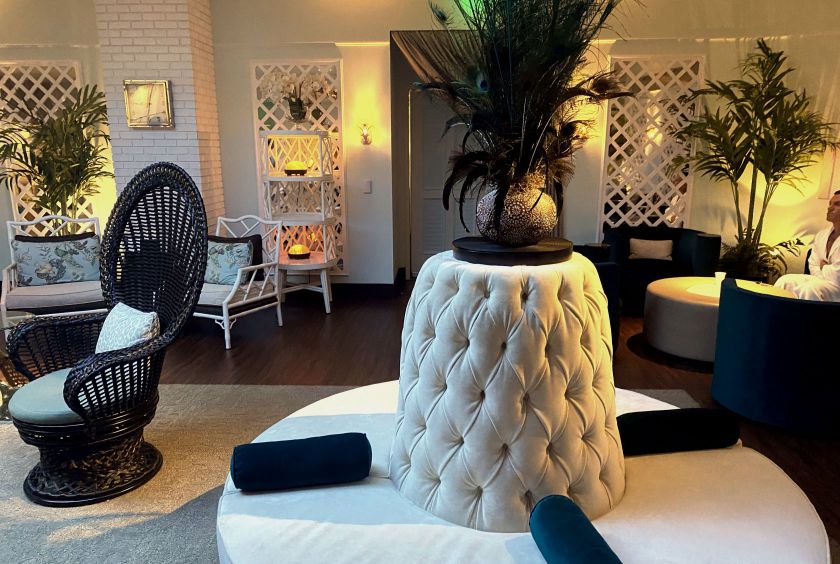
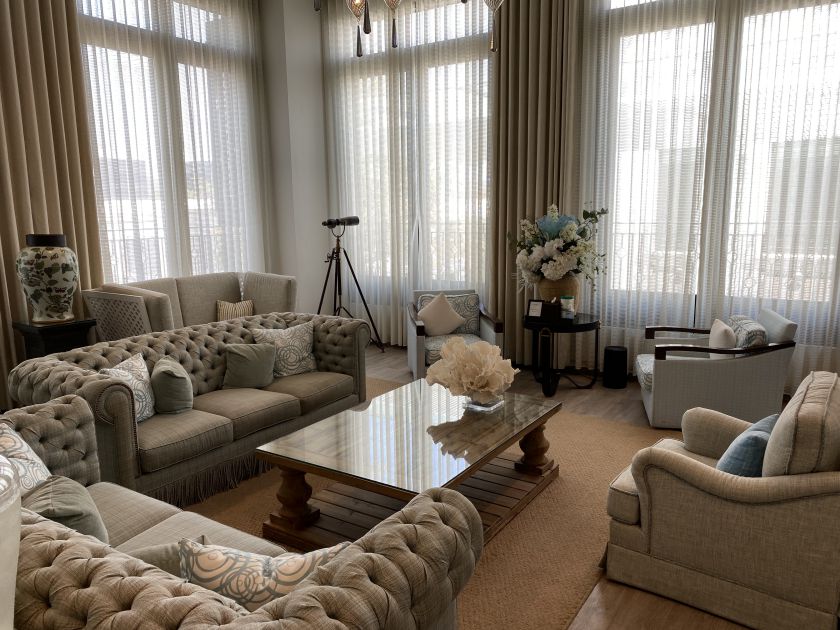
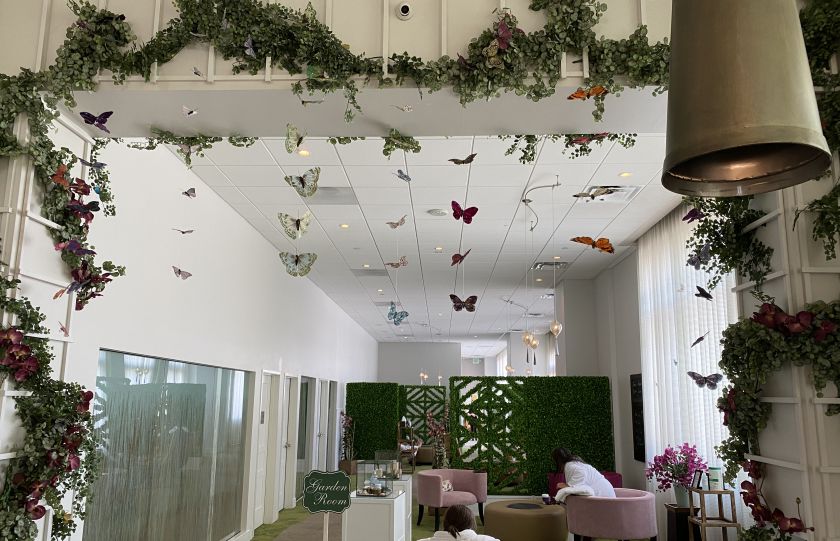 Elyse Glickman
Elyse Glickman
Above: Burke Williams’ Woodland Hills day spa.
Related articles hand-picked by our editors
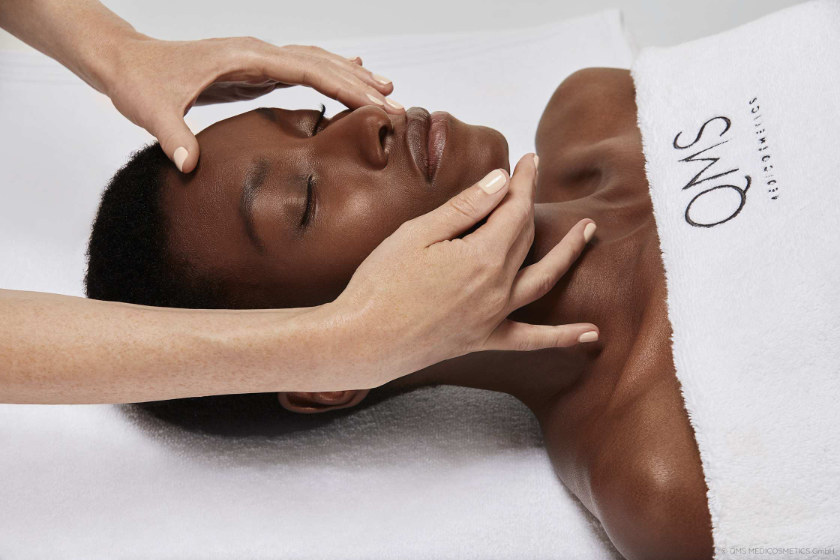
QMS Medicosmetics: heading off to collagen
QMS Medicosmetics is big on identification and personalization, as it launches its clinically proven skin care in the US
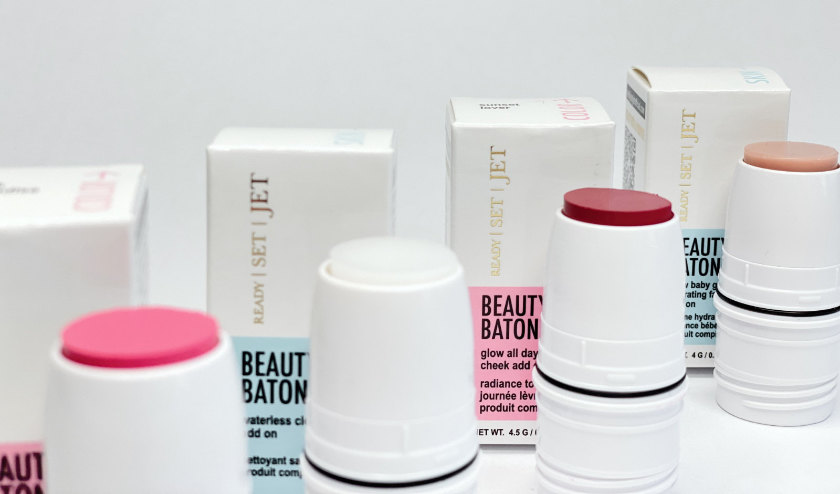
Beauty’s essential workers
The usual awards’ season suites might not be on this time round, as the US struggles with COVID-19, but the Pro Safety Beauty Summit in January introduces a considered way to look at beauty innovation, reports Elyse Glickman
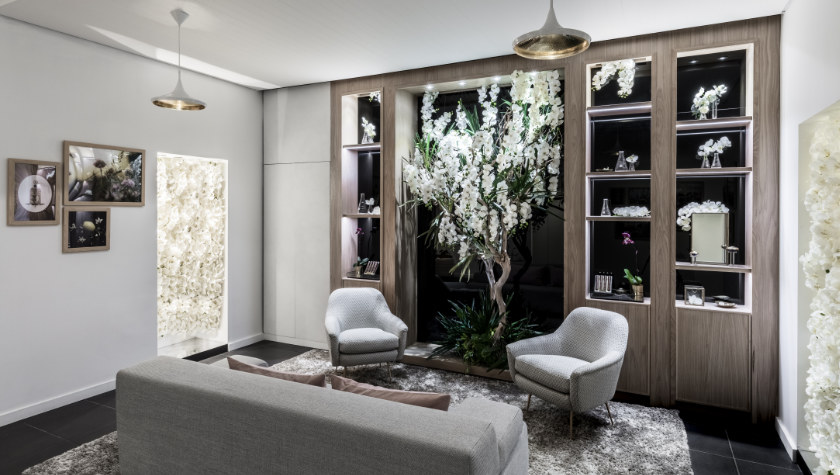
Opulent destinations
Mark them for your post-lockdown treats. Lola Cristall visits two beauty spots with French connections: the Guerlain Spa at the Plaza Hotel in NYC, and Martial Vivot’s long-running New York salon
Advertisement
Copyright ©1997–2022 by JY&A Media, part of Jack Yan & Associates. All rights reserved. JY&A terms and conditions and privacy policy apply to viewing this site. All prices in US dollars except where indicated. Contact us here.